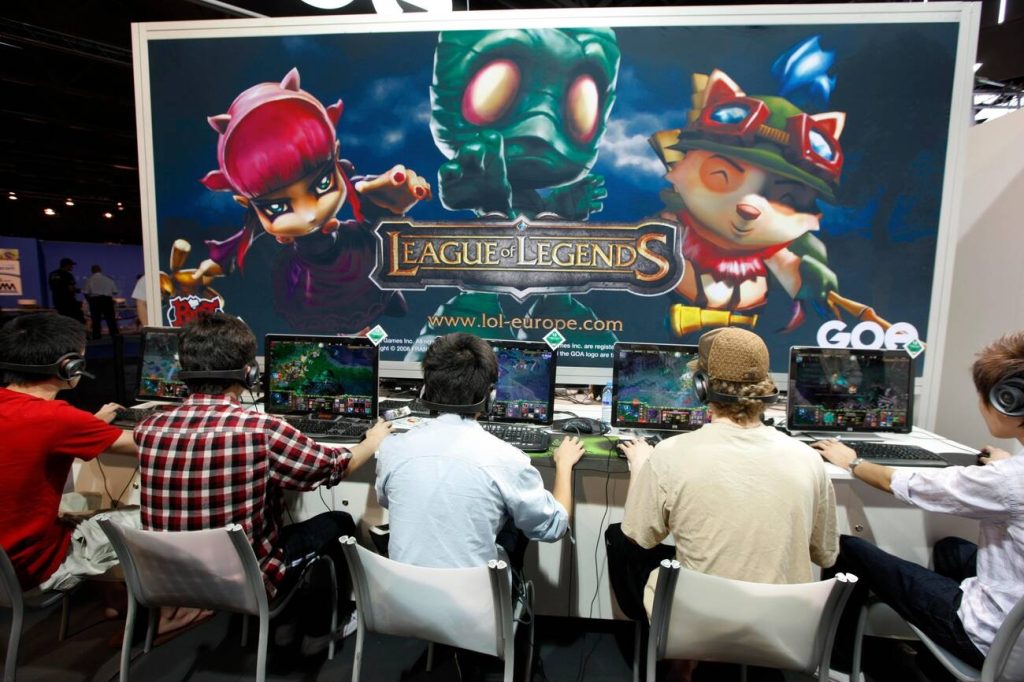What Are AR Games?
Gaming terminology can often be quite confusing for those who aren’t so intimately involved in the hobby. And there is a lot of technical jargon that you don’t need to be aware of to still enjoy the hobby. But Augmented Reality gaming is definitely something to keep an eye on. While it isn’t a new technological concept, it has been steadily on the rise in recent years. And we believe it could very well be the future of the gaming industry.
AR gaming is a game that uses a digital overlay on top of the real world. The best example of this is Pokemon Go. You will undoubtedly remember when Pokemon Go was released. It was so popular that presidential candidate Hiliary Clinton dropped a reference to it during her election campaign back in 2016.
Smartphones are the primary platform for AR gaming at the moment. The phone’s camera is used to provide a live visual image of the real world. Then the game will overlap this with digital elements. In Pokemon Go, for example, the AR element is wild Pokemon roaming the streets or large in-game structures layered over real world buildings.
Why AR Gaming Matters?
A lot of people initially wrote AR games off as nothing more than another novelty that was doomed to be forgotten as gaming technology advanced. VR technology started hitting its stride around the same time that AR games were being released. And it didn’t take long for VR to become the latest gaming trend. Leaving AR games in the dust.
But AR gaming is important as it offers the largest paradigm shift in gaming since the introduction of the handheld console. Before handheld consoles, gaming was a very static affair. Arcades and home consoles paved the way but forced gamers to remain indoors. Handheld consoles pushed gaming back out into the world. Forging new social gaming environments and increasing accessibility across the board.
VR technology is wonderful. But it is further removing us from reality. AR gaming is the ultimate step in blending our reality with gaming. And, overall, AR games are far healthier and more social than VR games. Titles like Pokemon GO and Pikmin Finder encourage exercise and in-person cooperation. AR games can also be used for education purposes. Integrating real world history or biology information into a games overlay. Gaming has been proved to be an extremely effective educational tool. The process of gamifying education is an amazing way to get the younger generations excited about learning.
The Health of The Industry
By their very nature, AR games work best when they are designed with a massively multiplayer format in mind. Pokemon GO, for example, divides players into one of three teams. Incentivizing cooperation between players within a local community. And multiplayer games rise or fall on their ability to retain players. AR games provide greater incentive for players to stick with the game as they have a more genuine connection to the in-game community.
Secondary markets are a hotly debated topic within the gaming community. But it has been proven time and time again that the ability to resell accounts or in-game items is beneficial to both players and developers. AR games are designed to be accessible and player friendly. And many of the most popular AR games have thriving secondary markets. For example, MysticMisery sells Pokemon Go accounts that come with a wealth of high level Pokemon. Options like this are ideal for new players to jump ahead of the learning curve and dive right into the game’s community. Accessibility like this is another cornerstone of player retention and the longevity of the industry as a whole. And keeping AR games accessible.
The Apple Vision Pro was released in 2024. It is the first step into the future of AR technology. Much like how the introduction of the PSVR and Oculus Rift were the first steps into retail VR technology. While the Vision Pro hasn’t been designed with gaming in mind, it is a great platform from which developers can start flexing their creative muscles.
And this is the truly powerful aspect of AR technology within the world of gaming. It is a relatively unexplored creative space. New technologies like this can only breathe new life into the industry. The limits of AR games have yet to be discovered. We have seen haptic technology improving massively too. VR games have already begun integrating haptic tech into their gameplay. And we wouldn’t be surprised to see haptic tech being used in tandem with AR games in the near future. We hope that more companies see the potential that sits within AR technology. But only time will tell.





